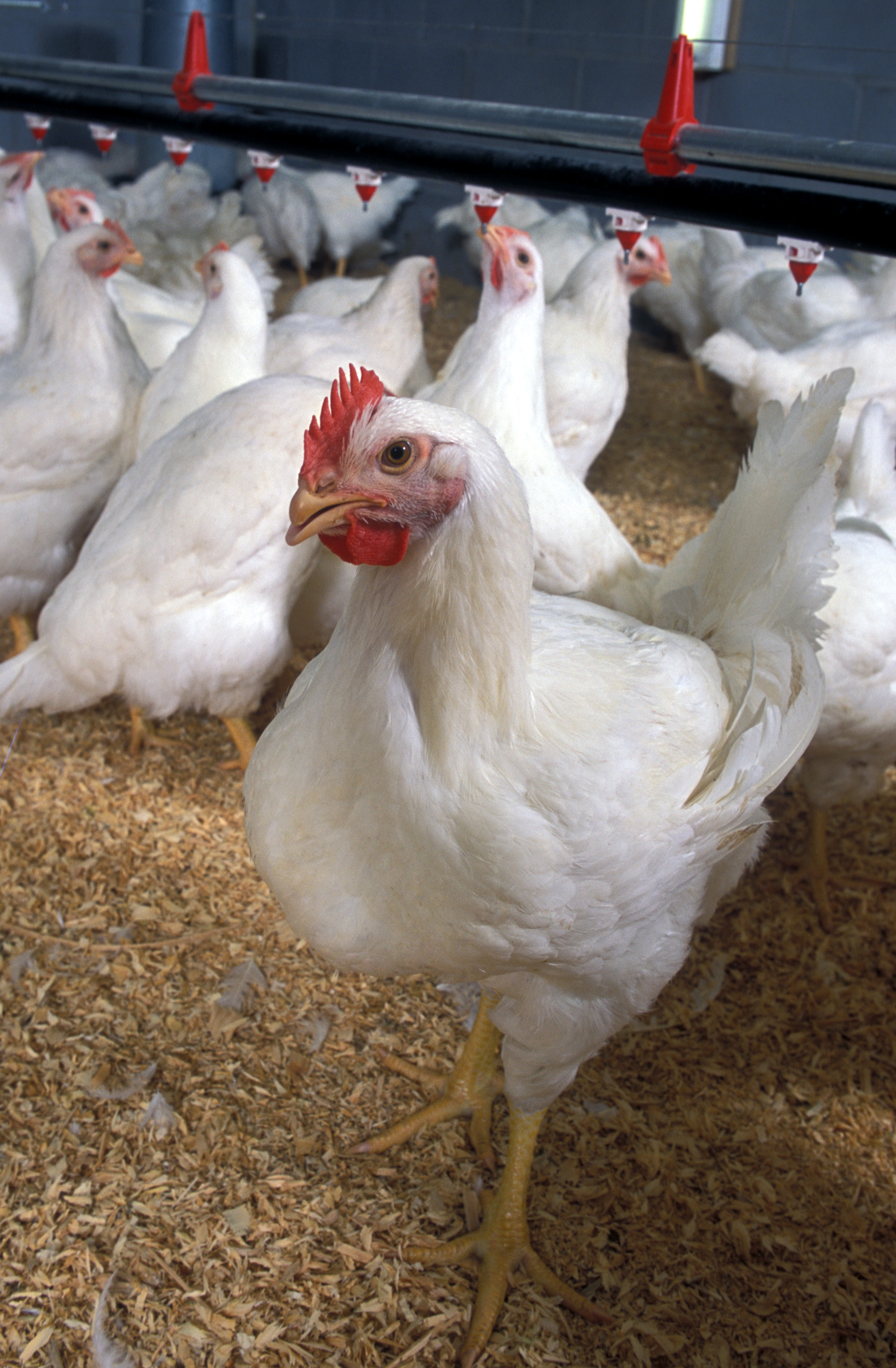 A study at the University of Delaware shows that broiler performance in terms of breast and body weights was similar for two poultry-specific LED lamps and incandescent lamps and better than for CCFL.
A study at the University of Delaware shows that broiler performance in terms of breast and body weights was similar for two poultry-specific LED lamps and incandescent lamps and better than for CCFL.
Alternative lighting has the potential to reduce electrical consumption, but questions remain as to the impact on bird performance, according to E.R. Benson, R.L. Alphin, H. Li and C.J. Schmidt of the University of Delaware.
The goal of their project, sponsored by the US Poultry and Egg Association, was to study the impact of conventional and alternative lighting technologies on production growth parameters, organ weight and stress under controlled conditions.
In the initial proposal, incandescent, cathode fluorescent lamps (CFL), cold cathode fluorescent (CCFL) and one light-emitting diode (LED) technology were to be compared. However, after discussions with industry, this was altered to incandescent, CCFL and two agriculture-specific LED lamps.
The project had two objectives:
- to evaluate the impact of incandescent, cold cathode fluorescent (CCFL) and light emitting diode (LED) on broiler performance during 42 day grow-outs, and
- to determine the interaction between lighting programmes and lamp technology.
This study raised commercial broilers under one of four alternative lighting technologies with two replications per trial and four trials timed to balance across seasons. CCFL and incandescent lamps were used along with two poultry-specific LED lamps.
Bird numbers – approximately 84 per replication – were standardised to provide a balance between manageability and a large enough sample size to be significant. Selections of birds were euthanised and organ weights collected during necropsy at regular intervals.
The researchers found differences in performance between technologies.
Overall bodyweight was statistically similar for both LED lamps and incandescent but was lower for CCFL lamps. Lower body weight under CCFL lighting is consistent with field observations.
Controlled field trials with other LED lamps show lower bodyweight, which raises questions about the differences between different types of LED lamps, said Benson and colleagues.
In both laboratory and field trials, incandescent lamps tend to produce the highest bodyweight. There was a strong seasonal effect with the bodyweights.
No significant differences were observed for feed conversion, breast muscle weight or organ weights. Heterophil:lymphocyte ratio results show separation between some technologies, indicating potential differences in stress between technologies and/or lamps.
Based on the results of this study, CCFL lamps should not be used for broiler production, concluded the Newark-based researchers. They added that two types of LED lamps and incandescent lamps showed statistically similar body and breast weights.
Although not specifically measured in this study, Benson et al. (2013) documented the reduced energy consumption of LED lamps for poultry production. The two poultry-specific lamps tested in this study showed similar performance to incandescent lamps and can be expected to provide materially reduced energy consumption and warrant strong but careful consideration for production applications.
October 2013
Original Article Here







